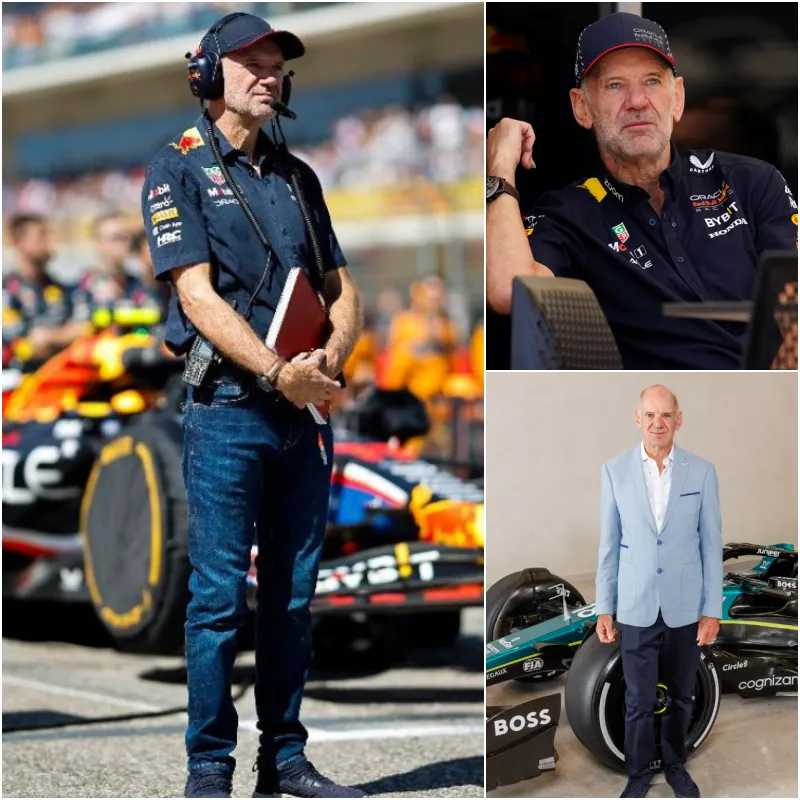Adrian Newey Reveals the Real Reason Behind Red Bull’s 2024 F1 Struggles

Former Red Bull chief technical officer Adrian Newey has made a surprising revelation regarding the RB20’s development issues during the F1 2024 season. According to Newey, “inexperience” within the team may have contributed to Red Bull’s struggles, leading to their mid-season performance dip.
Red Bull’s Strong Start & Mid-Season Decline
The RB20 initially appeared unstoppable, dominating the first quarter of the season with four wins from six races. Max Verstappen quickly built a strong lead in the Drivers’ Championship, and Red Bull held a commanding position in the Constructors’ standings.
However, as the season progressed, McLaren, Mercedes, and Ferrari closed the gap, causing Red Bull to lose their advantage. By mid-season, the team occasionally found itself as the fourth-fastest on the grid. This decline was attributed to correlation issues between the wind tunnel data and real-world performance, leading to development missteps.

Newey’s Departure and Its Impact
A significant moment in Red Bull’s season was the unexpected departure of Adrian Newey in May 2024, coinciding with the team’s performance struggles. Newey, who had been instrumental in Red Bull’s F1 dominance, has since joined Aston Martin as a managing technical partner and shareholder. Despite his exit, Newey continues to contribute to the RB17 project at Red Bull Advanced Technologies.
Reflecting on the team’s struggles, Newey identified a key factor: “I think Red Bull, from what I could see, started to become more difficult to drive even in the last stages of 2023. Max [Verstappen] could handle it, but Checo [Perez] couldn’t.”
A Flawed Development Path
Newey suggested that Red Bull’s technical team may have lacked experience in handling the RB20’s development, leading them to persist with problematic design choices. “From what I can see, the guys at Red Bull—this is no criticism—perhaps, through lack of experience, kept going in that same direction, making the problem more acute.”
These issues were further compounded by aerodynamic instability in the ground-effect era. Newey explained: “A ground-effect car, without sealed skirts, is always going to be susceptible to aerodynamic instabilities. The challenge is trading downforce for consistency.”

Red Bull’s Late-Season Comeback
Despite their mid-season struggles, Red Bull managed to regain momentum towards the end of 2024. A revised floor introduced at the United States Grand Prix helped Verstappen return to winning form, securing victories in Brazil and Qatar.
Team boss Christian Horner credited the team’s resilience: “Of course, it’s sad to see Adrian leave. But what’s been really impressive is how the team recovered—pole position and a race win in Qatar, which seemed impossible just a few months earlier.”
What’s Next for Red Bull?
With F1’s 2026 regulation changes on the horizon, Red Bull must ensure they don’t repeat past mistakes. The team will rely on the leadership of technical director Pierre Waché, chief engineer Paul Monaghan, and head of performance engineering Ben Waterhouse to drive future success.
As Red Bull moves forward without Newey, their ability to adapt and innovate will determine whether they can maintain their dominance in Formula 1.




